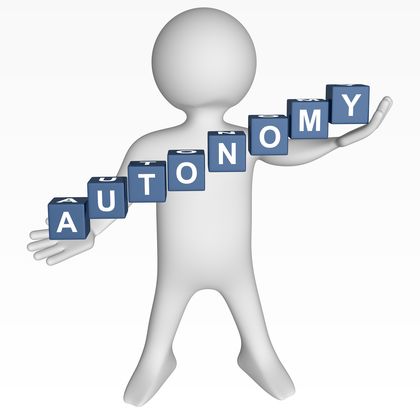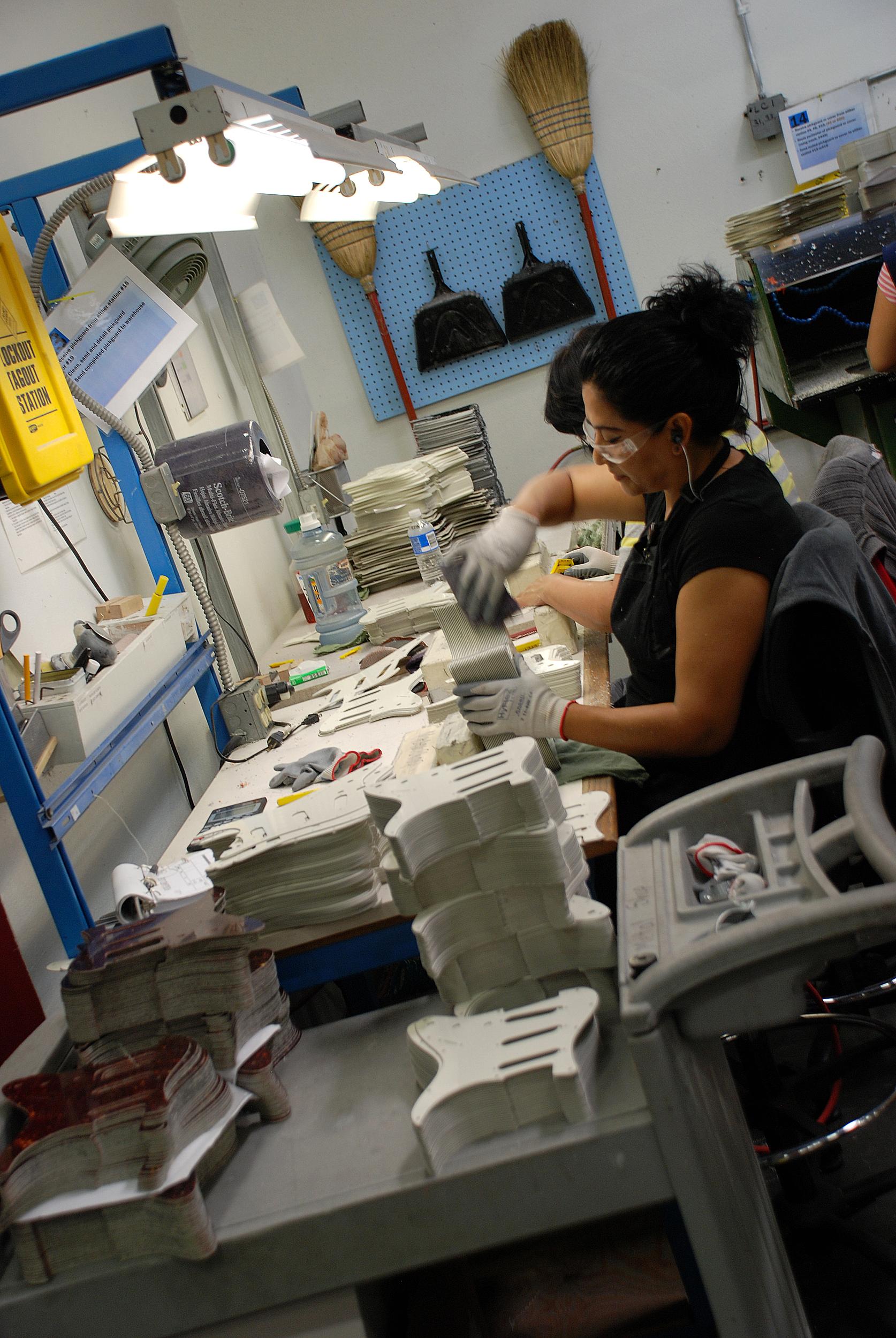“The way you delegate is that first you have to hire people that you really have confidence in. You won’t truly let those people feel a sense of autonomy if you don’t have confidence in them.” – Robert Pozen
In part II of our series on the changing work environment we tackle the topic of autonomy. Gone are the days when employees were willing to show up at the factory, follow orders being dictated by management, collect a paycheck, and then do it all again tomorrow. Employees aren’t mindless machines and they don’t want to be treated as such.
What does it look like?
In the changing work environment, employees are demanding more autonomy. In this new environment, employees have control over how their own work tasks get accomplished. They are trusted and encouraged to make decisions and to act in the best interest of the organization without being micromanaged.
Why is it important?
Providing autonomy shows employees that you have confidence in their judgment and ability. This inspires employees to take ownership of their work. When employees have control over their own work they are more satisfied, they take pride in the contribution, and they become loyally invested in the success of their team, department, and organization.
How do we do it?
Many management teams struggle to let go of the control they have become accustomed to for all of these years. Old ways and mindsets can be hard to overcome. Here are six ACTION steps to help you think through your current operations and to embrace autonomy.
Acknowledge the challenge of autonomy. It is critical here to understand the difference between the autonomy of the work while remaining true to the mission and vision of the organization. The two are not in competition but, when done right, are a compliment to one another.
Coalesce around the best ideas for autonomy. The mistake leaders make is believing that their idea of how it looks should prevail. But, as one company leader explained it, “The one who sweeps the floor picks the broom.” How autonomy looks in your organization should be determined by those closest to the work.
Tweak along the way. Ideas that look good on paper may not play out well in reality. Don’t be afraid to go back to the drawing board as you flesh out what is and is not working for you. There is no “one size fits all” approach for how autonomy works. The key here is to be flexible and be willing to make adjustments as needed.
Invest in their success. Greater autonomy in the workplace is reinforced by leaders who have the backs of their people by empowering them and setting them up for success. Invest in your people. Put the tools and resources in their hands they need to succeed. The greater the investment, the greater the autonomy. Be generous.
Ownership is a requirement. Embracing the autonomous workplace is great. But now comes the buy-in that makes it all work. Ownership, like loyalty, is a two-way street. In this model ownership is shared, trust is mutual, expectations are clear, and outcomes are measured. It’s an “all-in” attitude that if not fully subscribed to will derail all efforts of a truly autonomous workplace. Without ownership there is no autonomy.
Next Step – In order to attract and retain the best talent, your organization must offer a level of autonomy. You must provide your employees with the training and resources they need to be successful and then you must step aside and allow them to do their jobs. Show them that you have confidence in them. But, you can’t stop here. Once you have acknowledged the attitudes that are holding you back; have intentionally created a workplace culture; shown employees that you trust them; have identified incremental changes you can make; and observed the impact of those changes, it’s time to take the next step.
Be on the lookout next week for part III of The Changing Work Environment Series: Providing Choice.
© 2016 Doug Dickerson and Liz Stincelli
Doug Dickerson is an internationally recognized leadership speaker, columnist, and author. He is a contributor for The Las Vegas Tribune, Executive Secretary Magazine, Realizing Leadership magazine, and The Daniel Island News to name a few. Read more at: DougDickerson.WordPress.com
Liz Stincelli is the Founder of Stincelli Advisors where she focuses on helping organizations engage employees and improve organizational culture. She holds a Doctor of Management degree with an emphasis on organizational leadership. Learn more about Liz by visiting her website: www.stincelliadvisors.com









